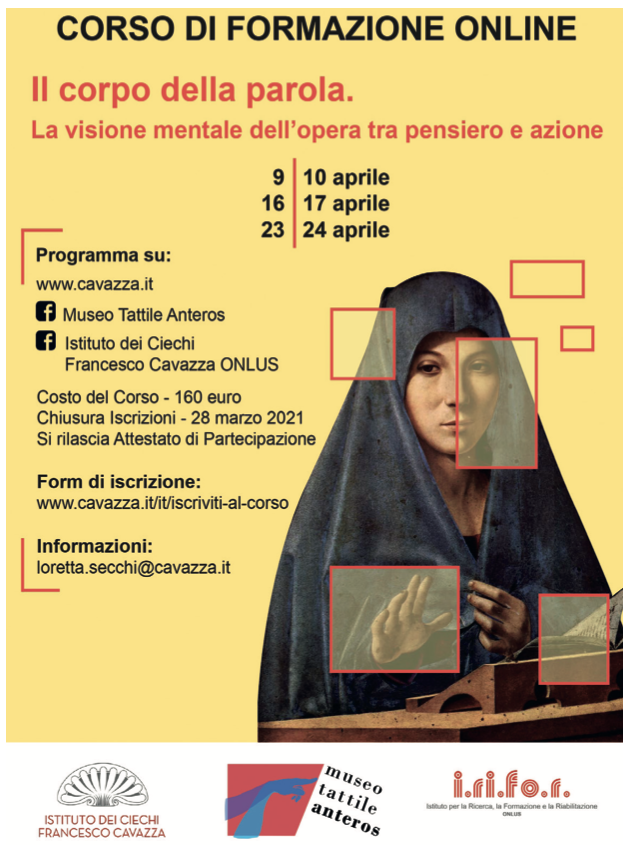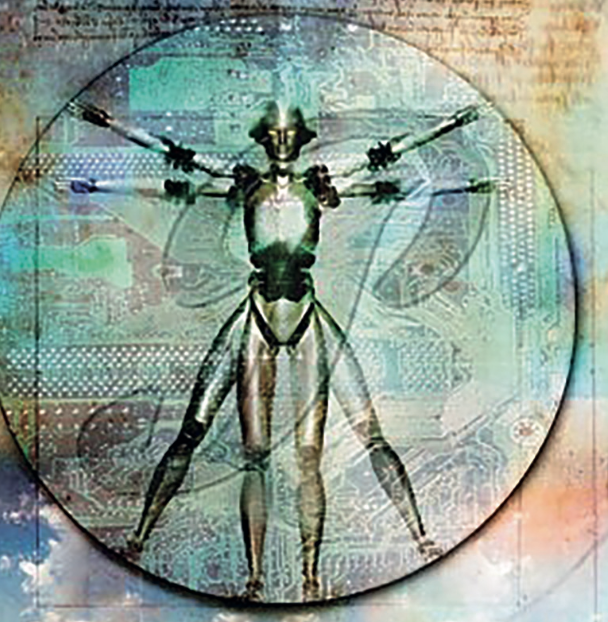Internalizing a work of art means understanding it in its form and content. Creating an artistic artifact means expressing what we have matured in ourselves, also because of the elaboration of previous cognitions, perceptions and interpretations of reality and the possible representations of human thought and feeling. The work of art concentrates multiple functions, being the result of the concrete, abstract and symbolic thought of the individual. The relationship of being with the external and internal reality, and with the representation of the world, understood in its informative, narrative, poetic, educational, symbolic, metaphorical, ethical, and aesthetic functions, is an essential conquest of man and directs his existence and knowledge. Artistic creation is therefore an encounter between plenum and form, between the indiscriminate perception of forms carrying content and the ability to organize sensitive data. It implies that the cognitive nature of the creative act is a necessity and above all an inalienable right of the person, both in the presence and in the absence of sensory impairments and disabilities. Strengthening the cognitive and imaginative processes of the human mind is therefore one of the most important tasks of arts education. The main purpose of aesthetic education, so understood, reserved for both visually impaired people, as well as those with normal vision, is the evolution and transformation of the systems of seeing to hear and understand the iconic and aniconic languages, through a balanced development of the individual and by virtue of a proper integration of senses and intellect.

The conversion, in everyday life, of aesthetic consciousness, is implemented through good practices and requires teachers and learners to develop concrete theoretical and practical skills on the educational function of art. The training module proposed last spring by the Anteros Tactile Museum, carried out for the first time entirely online, was intended to train curricular teachers, support teachers, educators, managers of educational services, museum managers and operators, cultural mediators, guides and tour leaders, engaged in special education of the arts: in public and private museums, schools of all levels, and all those cultural institutions and associations that are dedicated to inclusive educational and cultural services. Through lines of special education of the arts, art theory and typhlodidactics applied to the disciplines of art perception and clay modelling - subjects functional to the development of learning processes of the forms and concepts related to them - and through the fundamentals of psychology of optical and tactile perception, we have outlined the ways to guide the tactile exploration and description of works of art, with particular attention to the compensatory use of words, in the pragmatic, functional and evocative description of the form with aesthetic value.

Emphasis was given to the function of symbols and metaphor in the languages of art experienced and performed. Works of art were also evaluated in their original version, in copy, with translation in bas relief, or drawings in raised lines, in models and 3D reproductions. Through the illustration and demonstration, by means of online fruition, of didactic videos and digital documentary slides, models of description synchronic to the tactile exploration of works of art and their restitution in the modelling of clay have been exposed to make legible the process of appropriation, internalization and restitution of form and content of images with aesthetic value. In this way, a functional operational methodology was also illustrated, especially to reinforce the imaginative, expressive, linguistic, cognitive, and manual skills of children, young people and adults who are blind, visually impaired and normally sighted. The course has been recognized by I.Ri.Fo.R (Institute for Research, Training and Rehabilitation established in 1991 by the Italian Union of Blind and Partially Sighted People). The course was very well attended and received considerable feedback, even though the ongoing health emergency and restrictions meant that the lessons had to be held only online. In spite of this, it was possible to engage in a constructive dialogue, certainly supported by documents able to evoke and refer to the direct experience of the tactile and physical perception of the work of art but focusing mainly on the graphic and constructive power of words. On the knowledge and cognitive nature of metaphor and on the potential of verbal language when contemplated in its informative, technical, expressive, and poetic functions, aimed at orienting the construction of the mental image without incurring in sterile and hazardous verbalism. This course has forced us into a close confrontation with both digital immateriality and the concrete power of thought.




.png)